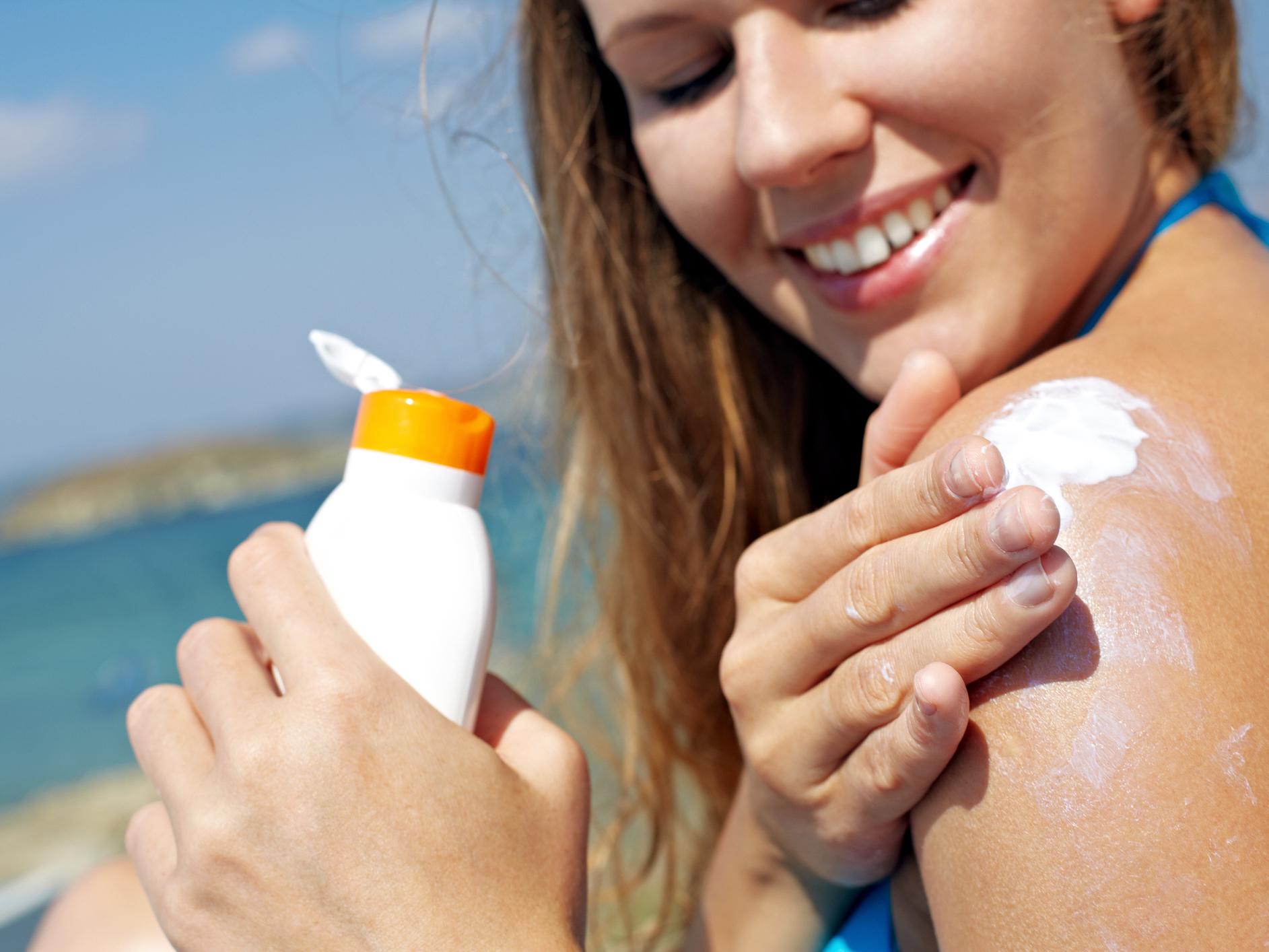Environmentally friendly sunscreen ingredient made by scientists using genetically modified bacteria
Key component in the production of substances that protect skin but do not harm environment produced in significant quantities in a lab

Your support helps us to tell the story
From reproductive rights to climate change to Big Tech, The Independent is on the ground when the story is developing. Whether it's investigating the financials of Elon Musk's pro-Trump PAC or producing our latest documentary, 'The A Word', which shines a light on the American women fighting for reproductive rights, we know how important it is to parse out the facts from the messaging.
At such a critical moment in US history, we need reporters on the ground. Your donation allows us to keep sending journalists to speak to both sides of the story.
The Independent is trusted by Americans across the entire political spectrum. And unlike many other quality news outlets, we choose not to lock Americans out of our reporting and analysis with paywalls. We believe quality journalism should be available to everyone, paid for by those who can afford it.
Your support makes all the difference.Scientists have created bacteria that produce the key ingredient for environmentally friendly sunscreens.
Ultraviolet blocking chemicals in sunscreen have been linked with a variety of environmental harms, most notably coral bleaching.
Environmentally friendly alternatives are being developed, but a key ingredient used to produce them – shinorine – has proved difficult to source as it can only be obtained by harvesting algae from the wild.
Now, by inserting the gene responsible for producing shinorine into bacteria, researchers have turned those bacteria into miniature factories that can produce the ingredient in significant quantities.
Initially, production of shinorine by the genetically modified bacteria was three times lower than seen in wild algae, but when the researchers added DNA sequences called “promoters” to the gene they were able to increase production tenfold.
The research was led by Dr Guang Yang at the University of Florida, and the results were published in the journal ACS Synthetic Biology.
Shinorine belongs to a group of substances called mycosporine-like amino acids (MAAs), which act as natural shields against ultraviolet radiation.
Currently, commercially-used shinorine is isolated from red algae harvested from the sea, but the yield varies seasonally and geographically.
“There is a problem at the moment with the supply of MAAs as potential sunscreens. Genetic engineering is one approach,” said Professor Antony Young, a photobiologist at King’s College London who was not involved in the study.
Professor Young has undertaken research to investigate the potential of MAAs as replacements for traditional, synthetic sunscreens.
“My group is continuing to work in this area because we feel it has potential, especially in the light of ever increasing concerns about the marine ecotoxity of synthetic sunscreens, which are designed to be stable molecules,” he said.
Sunscreen is essential to shield the skin from UV rays, which can cause skin cancers, but it also has a significant environmental impact as many of the ingredients used to make it are synthetic organic molecules, similar to those used to make plastics.
Like plastics, these substances take a very long time to break down in the environment.
The full extent of their impact still remains to be seen, but early research suggests these chemicals may cause hormonal changes in fish and perhaps even alter their sex characteristics.
Such are the fears around the impact of sunscreen ingredient oxybenzone on coral reefs that efforts are underway in Hawaii to ban sunscreen altogether on certain beaches.
The European Chemicals Agency has listed eight out of the 16 most commonly used sunscreens in Europe as potential threats to the environment and health.
According to Professor Young, this raises the ultimate possibility of a ban on certain synthetic sunscreens.
However, he has previously warned that it is "very important for public health that people don’t stop using synthetic sunscreens”.
While the evidence for environmental harm of sunscreens is still limited, the evidence for the harmful effects of ultraviolet radiation on human skin is well established.
Professor Young noted that despite their promise, there are regulatory hurdles that must be overcome before MAAs are rolled out commercially as sunscreens.
Join our commenting forum
Join thought-provoking conversations, follow other Independent readers and see their replies
Comments